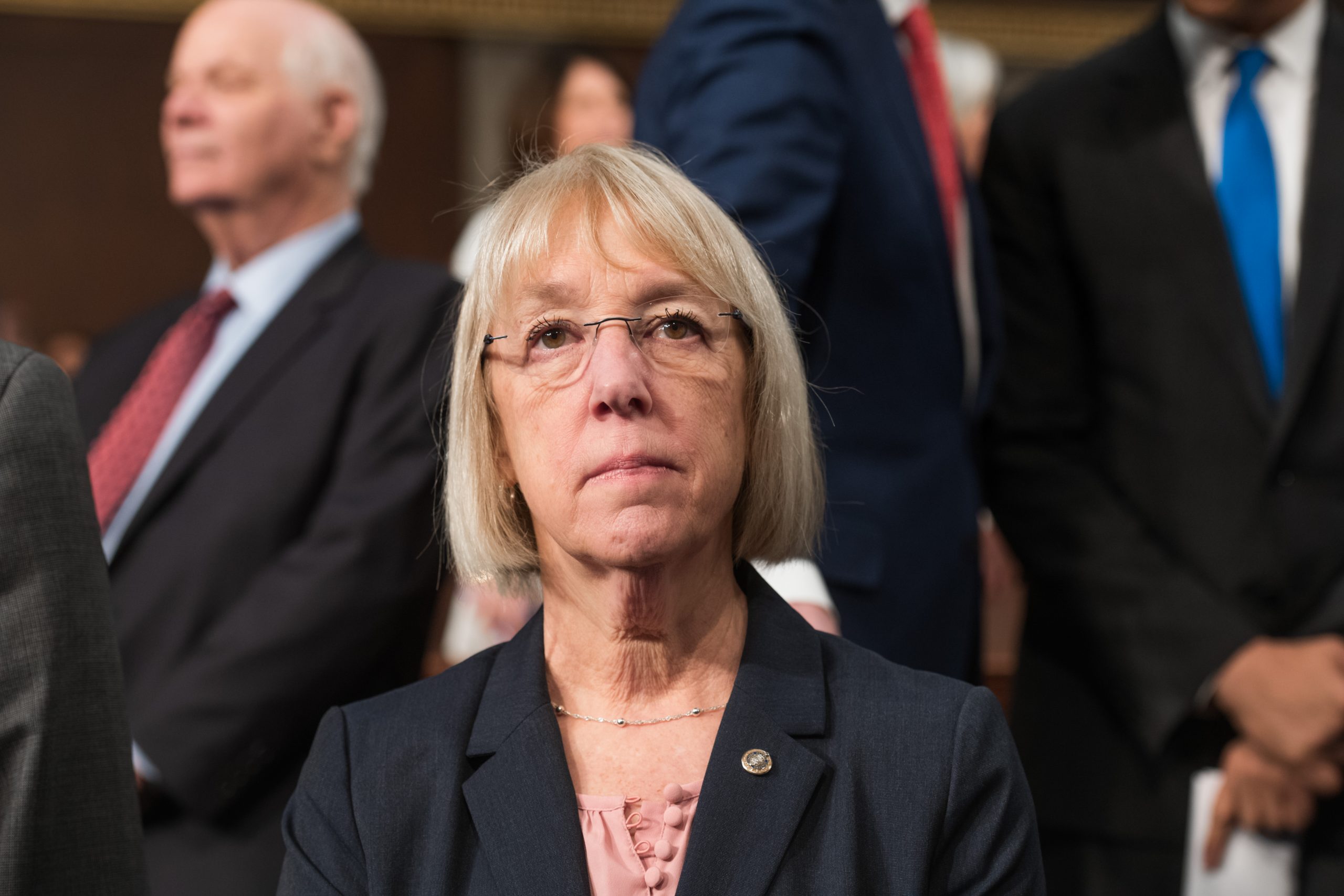WASHINGTON, D.C. – An Occupational Safety and Health Administration program expanded by the Bush administration lacked proper oversight, did not improve worker safety, and diverted scarce resources from other enforcement duties, the Government Accountability Office concluded in a report released today by two Congressional committees.
Businesses that participate in OSHA’s Voluntary Protection Program are able to avoid routine inspections, as long as they demonstrate that they have exemplary safety and health program, have no ongoing health and safety enforcement actions, and have an injury and illness rate below the average rates for the industry. The program’s goal is to promote cooperation between workers and management on developing innovative workplace health and safety programs. Prodded by the Bush administration, the VPP more than doubled to 2,174 worksites over the last five years and now covers more than 885,000 out of the 112 million workers covered by Occupational Safety and Health Act.
“GAO’s report makes clear that OSHA has strayed too far from its core mission of protecting the safety and health of workers on the job. The agency has spent too much time seeking voluntary compliance from employers and too little time enforcing the law,” said U.S. Sen. Edward M. Kennedy (D-MA), chairman of the Health, Education, Labor and Pensions Committee. “I look forward to working with the Obama administration to see that OSHA effectively carries out its important responsibilities to the nation’s workforce.”
“The GAO findings only confirm what many had already known—the Bush administration’s misdirected reliance on voluntary programs siphoned scarce resources that were needed for enforcement of our nation’s health and safety laws,” said U.S. Rep. George Miller (D-CA), chairman of the House Education and Labor Committee. “Fortunately, the Congress and Obama administration are committed help set OSHA on a new course to provide the additional resources and staff in order to ensure that agency all workers are able to return home safely after their shifts.”
“Taking a hands-off approach to a voluntary enforcement program is a recipe for disaster,” said U.S. Sen. Patty Murray (D-WA), chairman of the Senate HELP Employment and Workplace Safety Subcommittee. “Unfortunately, under the Bush administration, enforcing the law often took a backseat to taking employers at their word. I look forward to working with the Obama Administration to build an agency that takes the initiative to keep businesses honest about the dangers their workers face."
“This report illustrates what many of us have been arguing all along – that when it comes to protecting America’s workers, voluntary safety programs by themselves don’t work,” said Rep. Lynn Woolsey (D-CA), chair of the House Subcommittee on Workforce Protections. “It’s time for OSHA to join the 21st Century and update their rules and regulations to confront the risks faced by today’s workers. That’s why I have introduced the Protecting America’s Workers Act, and will continue to work with my colleagues and Secretary Solis to ensure that OSHA does everything in its power to keep our workers safe.”
The GAO found that OSHA did not properly ensure that only worksites which had exemplary safety programs were eligible for relief from routine inspections. The GAO found that 12 percent of the worksites participating in the program had an injury or illness rate higher than rates for their industry. In fact, one worksite participating in the VPP had an injury and illness rate 4 times higher than their industry average. OSHA performance goal is for VPP work sites to have an injury and illness rate of 50 percent less than their industry average.
In addition, OSHA continued to allow businesses to participate in the voluntary program even though companies were cited for serious safety violations. For example, one worksite was allowed to continue to participate in the VPP even though it had three separate fatalities over a five year period. Another workplace was cited for 10 violations related to a fatality, including seven serious violations, and one related to discrepancies in the site’s injury and illness logs, but was able to continue to avoid regular inspections as a result of their participation in the VPP.
Although VPP is intended to increase worker participation in safety decisions, GAO found that some employees at VPP sites said “that injury and illness rates requirements of the VPP are used as a tool by management to pressure workers not to report injuries and illnesses.”
OSHA also stated today that they have accepted GAO’s recommendations so that only eligible worksites participate in the VPP program and the agency will develop new performance goals and measures to ensure the program is effective.
Read the full GAO report.


